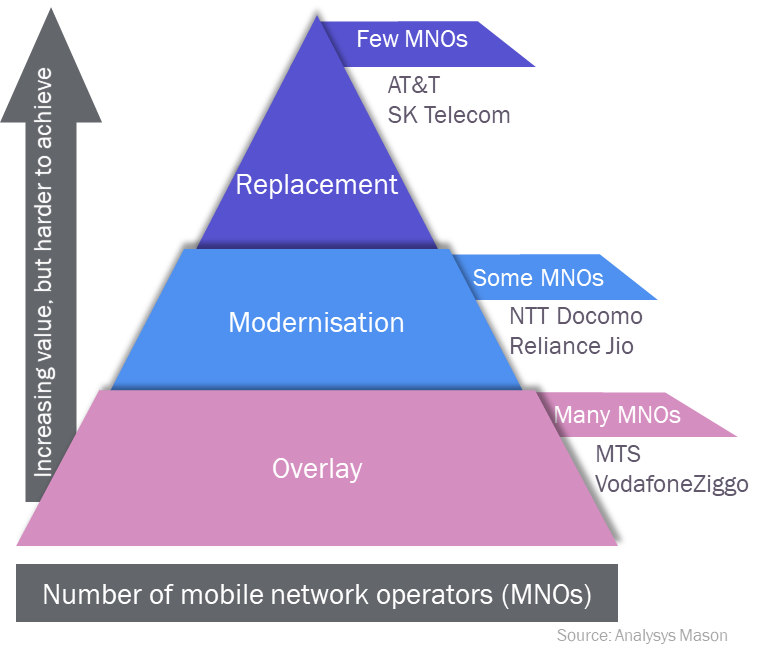5G RAN migration options: economic implications for mobile network operators
08 March 2021 | Research
Strategy report | PPTX and PDF (19 slides) | Operator Spending
In the early phase of a new network roll-out, operators have to decide whether to be cautious or bold about the pace of migration, knowing that the right balance will dictate the commercial success of the first stage. This report examines the economics of three main approaches to 5G network migration: overlay; modernisation and replacement. We have assessed these technically in other reports, but this study focuses on the financial risks and rewards for mobile network operators (MNOs) of the different approaches and timescales for 5G deployment.
The report answers the following questions.
- What are the three main approaches to 5G network implementation that are being adopted and how do these vary by region and operator profile?
- What are the real cost comparisons for a 10-year cycle?
- How should RAN migration strategies be best aligned to an operator’s business model priorities?
- For each of three main approaches, what are the most important economic risks and rewards for operators?
- How can operators balance different approaches to achieve the best business outcome, related to their individual KPIs?
Three main options for 5G RAN migration and examples of operators that are pursuing them

Author

Caroline Gabriel
Partner, expert in network and cloud strategies and architectureRelated items
Article
Telstra highlights the failure of established operators to address the threat posed by low-cost challengers
Podcast
Delayering telecoms operators’ businesses: outcomes and future directions
Article
Many operators have become more productive, but their approaches are not sustainable in the long term

